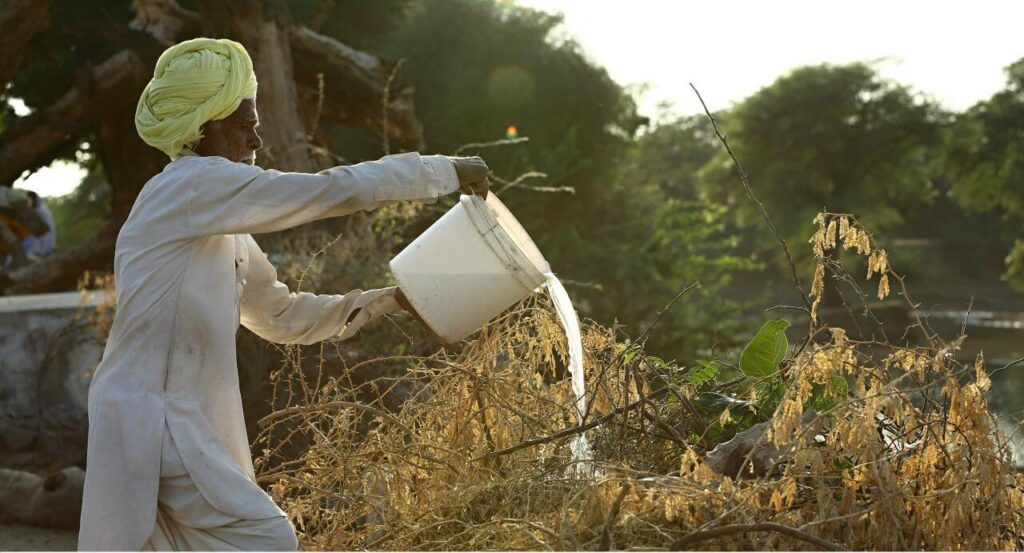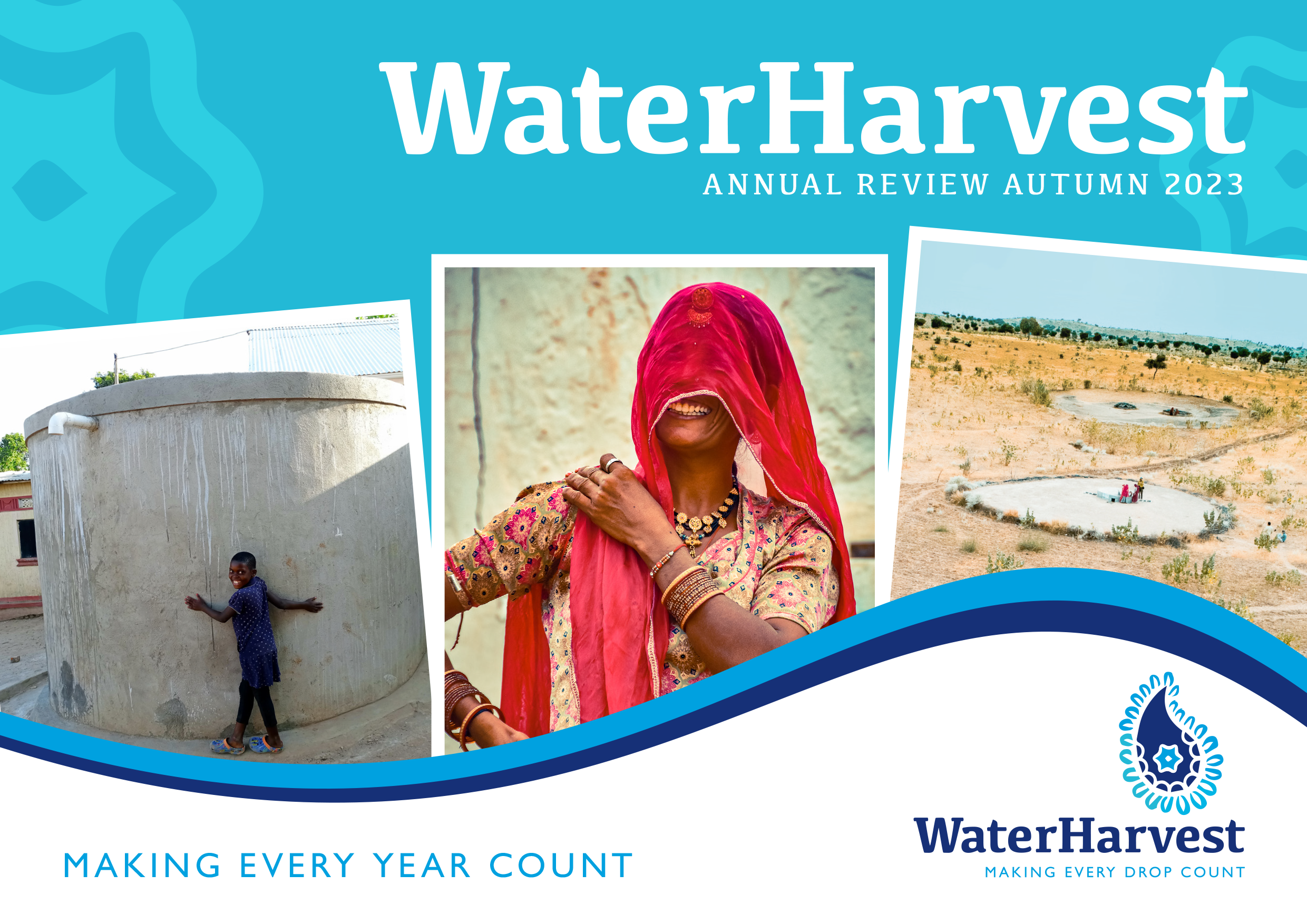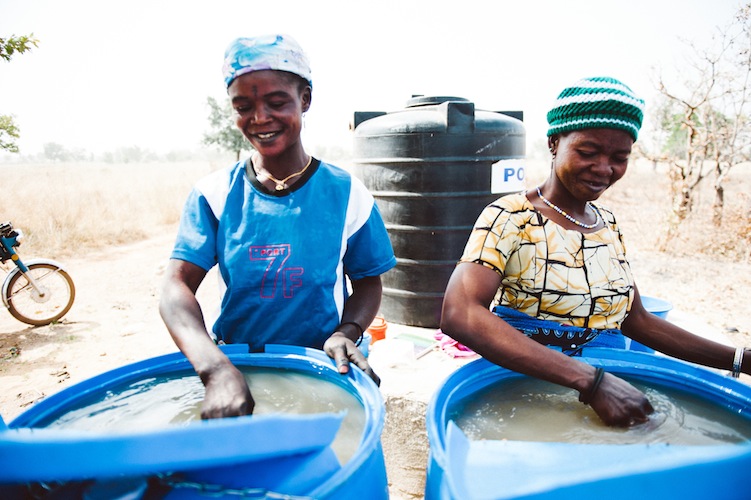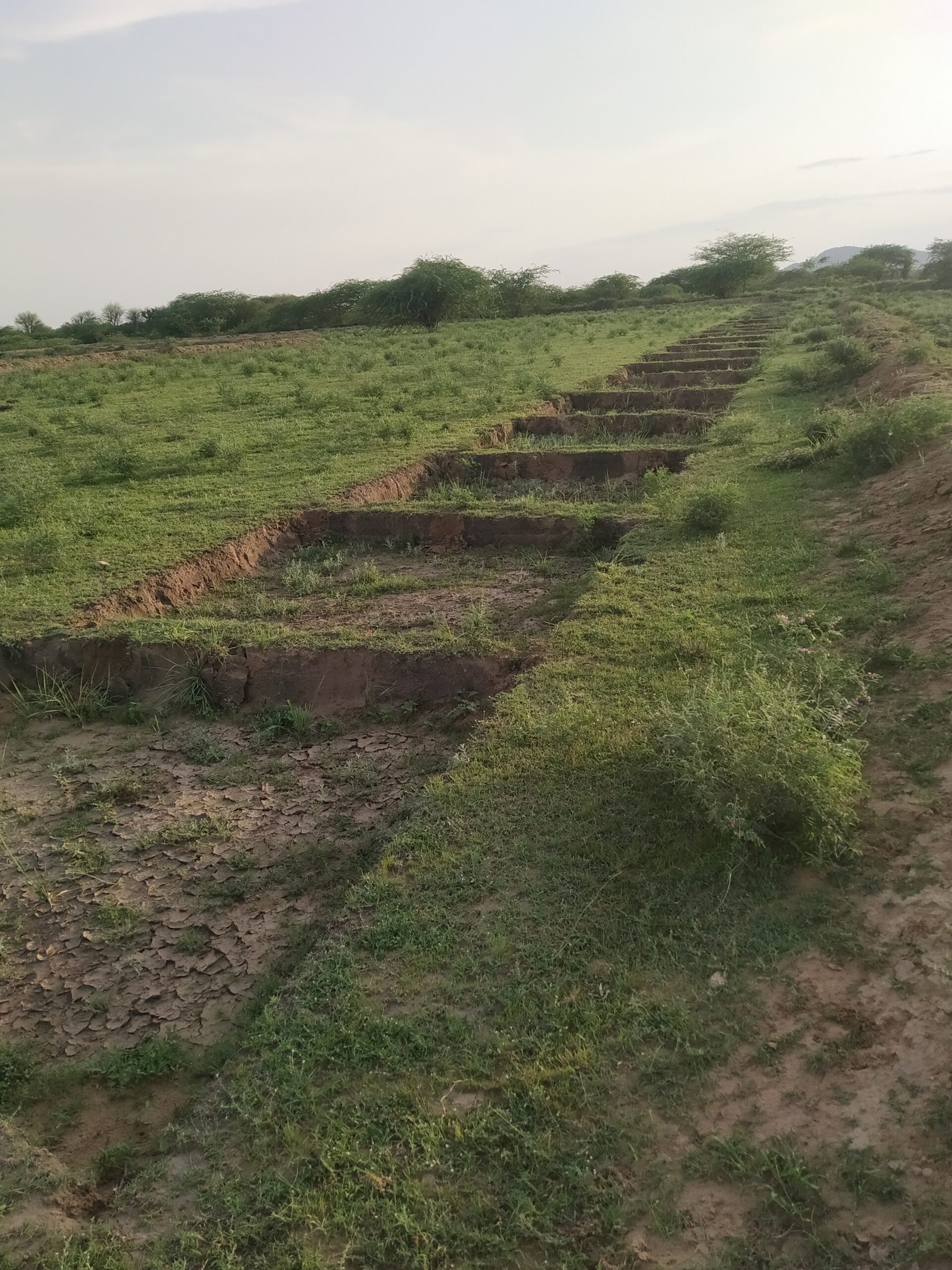February 2018
Seen as the second largest state in India, Rajasthan holds just under 5% of the country’s total population, with 69 million residents residing in the state. Yet despite accommodating such a large portion of the total population, Rajasthan is provided with less than 1% of the country’s total water resources, demonstrating the concern for water vulnerability within these rural communities. Alongside this, the arid/semi-arid climate of Rajasthan, in addition to its paucity of surface resources, means that the state is increasingly dependable on groundwater for both irrigation and drinking water. One resource, which has been used by local communities for thousands of years is the Banas River, situated entirely in Rajasthan. The Banas River has the largest catchment area in Rajasthan at 45,833 square km and is seen to be a crucial supply of water for local communities. The river however, has been extensively developed for water diversion in recent times, particularly from the construction of the Bisalpur Dam in 2008. Designed to redistribute water to meet the growing demands of the burgeoning city of Jaipur, the Bidalpur dam has dispossessed an abundance of local communities from water access, intensifying water security issues for these residents. The dam is also seen to operate below design capacity, where decreasing flows of increasingly contaminated water arrive in the reservoir from starved influent rivers and aquifers, increasing vulnerability for all water users, rural and urban alike.
 The Banas supports the needs of disparate rural and urban people, as well as ecosystems and it is vital that the system is treated as a living resource. The declining quality and quantity of water in the Banas system creates further vulnerabilities for all its linked co-dependents, where more remote exploitation of water resources, without regard to resource replenishment, is likely to be increasingly unsustainable. Evidently, efforts must be made to support the regeneration of the Banas catchment to ensure the resource is managed sustainably. In seek of addressing this, we have recently contributed to a workshop hosted by JK Lakshmipat University, Jaipur (Rajasthan), teaming up with The University of the West of England and Wetlands International – South Asia Office to work together towards our shared goal. The workshop saw 70 attendees from a diversity of NGO, academic, business/CSR and other backgrounds, forming together to bring common-cross-sectoral interest to promote the reversal of the currently degrading cycle of the Banas River system.
The Banas supports the needs of disparate rural and urban people, as well as ecosystems and it is vital that the system is treated as a living resource. The declining quality and quantity of water in the Banas system creates further vulnerabilities for all its linked co-dependents, where more remote exploitation of water resources, without regard to resource replenishment, is likely to be increasingly unsustainable. Evidently, efforts must be made to support the regeneration of the Banas catchment to ensure the resource is managed sustainably. In seek of addressing this, we have recently contributed to a workshop hosted by JK Lakshmipat University, Jaipur (Rajasthan), teaming up with The University of the West of England and Wetlands International – South Asia Office to work together towards our shared goal. The workshop saw 70 attendees from a diversity of NGO, academic, business/CSR and other backgrounds, forming together to bring common-cross-sectoral interest to promote the reversal of the currently degrading cycle of the Banas River system.
If you are interested in the work undertaken at the three-day workshop and wish to discover more regarding our vision to regenerate the Banas system, the workshop report can be seen here: https://uwe-repository.worktribe.com/output/873838
As well as the workshop, a paper addressing the causes of vulnerability of these linked constituencies as well as the feasibility of regenerating the Banas System was written in November 2017 and is referenced below. One of the contributing authors is Om Prakash Sharma, WaterHarvest’s India Director.
Everard, M., Sharma, O.P., Vishwakarma, V.K., Khandal, D., Sahu, Y.K., Bhatnagar, R., Singh, J., Kumar, R., Nawab, A., Kumar, A., Kumar, V., Kashyap, A., Pandey, D.N. and Pinder, A. (2018). Assessing the feasibility of integrating ecosystem-based with engineered water resource governance and management for water security in semi-arid landscapes: a case study in the Banas Catchment, Rajasthan, India. Science of the Total Environment, 612, pp.1249-1265.
This is only the beginning of our journey to support the regeneration of the Banas System and much more needs to be done to tackle water vulnerability in the state of Rajasthan. Please check back soon to see any further updates on our Banas System regeneration mission!




